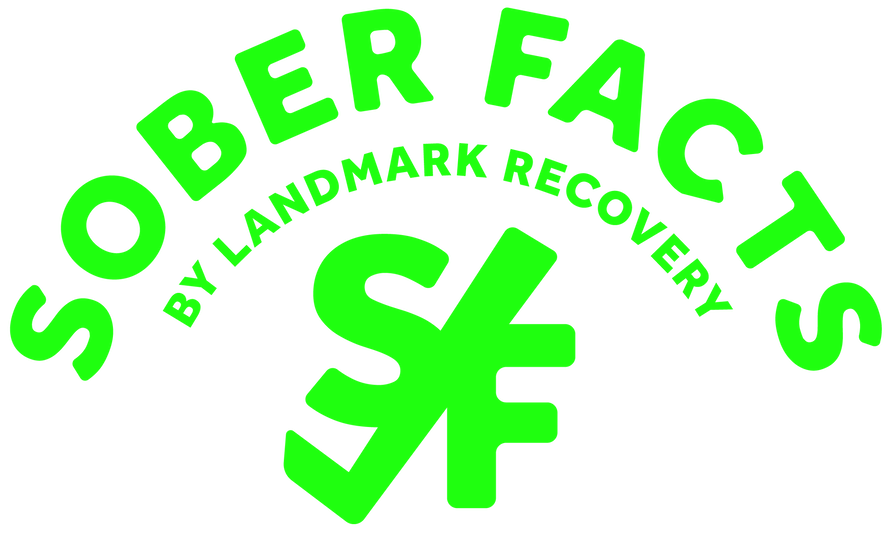Choosing recovery close to home means your support system is just a few miles away.
- 100% Confidential
- Available 24/7
- No Pressure to Commit
- Multiple Financial Options Available
Choosing recovery close to home means your support system is just a few miles away.

Sounds Like: MARE.uh.WAHN.uh
Classification: Cannabinoid
Controlled Substance Act Schedule: I
Other names for Marijuana

Marijuana is a drug derived from the dried leaves of the cannabis plant. The active ingredient of the drug is Δ9-tetrahydrocannabinol, also known as THC. This mind-altering drug—also called weed, grass, herb, pot, reefer, bud, dope, ganja, and Mary Jane—is typically ingested via smoking but can also be consumed through a variety of marijuana-infused foods and teas.
Marijuana has been immensely popular lately due to the ease by which someone can come into possession of it. In some states, including ones Landmark Recovery has treatment centers at, marijuana is recreationally legal as well as available for those with medical marijuana access. This makes marijuana universally possible to get your hands on almost anywhere.
Marijuana, while assumed harmless, presents a host of risks and negative consequences to its use over time, especially for those who smoke it over a long term. Evidence has been found in a study that regular use of marijuana beginning in childhood (<18 years of age) leads to lowered IQ over time. According to the UN, Marijuana is the most used drug of choice worldwide, meaning that the 9% of users who develop a dependence is a surprisingly larger group than otherwise assumed. Either way, there is a non-zero risk of developing such a dependence for users of marijuana.
Need help with Marijuana or another drug addiction?
Call Landmark Recovery and speak with an admission specialist today.
Call NowWe're available 24/7 to help you find Recovery
Marijuana is mostly used as a kind of relaxant when used recreationally. In some parts of the world, marijuana is used as a religious aid for ceremonial purposes. There’s evidence that some of the compounds in marijuana can help treat chronic pain; more research is currently being done to figure out exactly how this happens and what helps versus harms users.
Marijuana leaves are dried ground up, then sprinkled in a rolling paper with a filter to smoke. THC can be put in a variety of edible snacks and treats and consumed with the intended purpose of getting high.

If you smoke marijuana, the THC level in the bloodstream of a marijuana user usually peaks in about 30 minutes, and its effects may wear off between one to three hours after use. If you consume THC orally via an edible, food-based snack, it may take even longer for the body to process the THC content. Marijuana harms the motor ability of users and can cause subjective time dilation in users.
Other side effects of using marijuana include:
Despite the popular insistence that marijuana isn’t addictive or risky, the clinical data show that 9% of users will become dependent on the drug. If you feel like you can’t go a certain length of time without smoking marijuana or taking THC edibles, then consult a doctor to discuss the possibility of suffering from a marijuana use disorder.
Clinical evidence shows that 9% of users will develop a marijuana use disorder.
In 2021, states that legalized marijuana have generated $3.7 billion in tax revenue.
The earliest evidence of cannabis use by humans is found on 8,500 year old pottery from Mesopotamia.